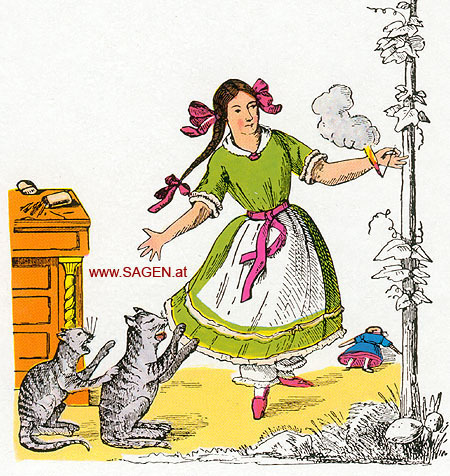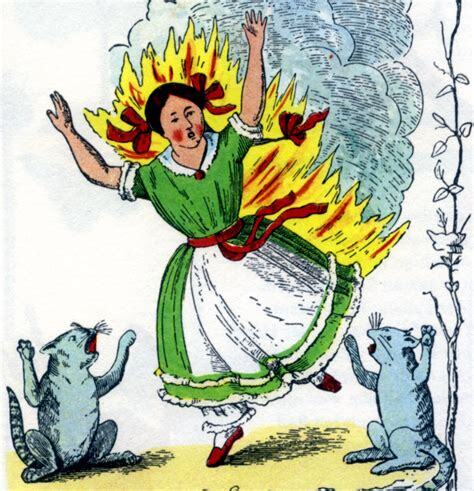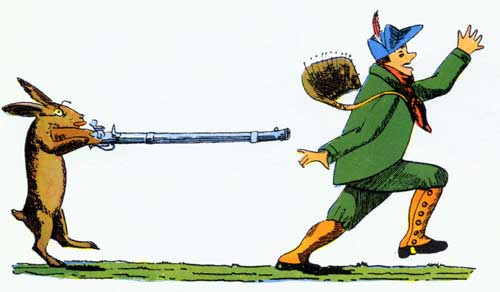What do you think?
Rate this book
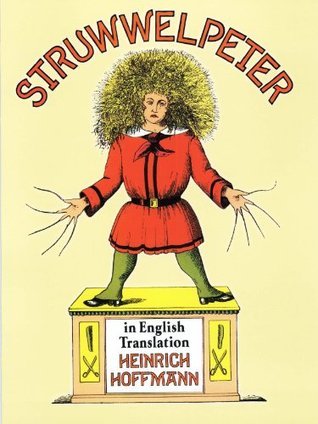

34 pages, Kindle Edition
First published January 1, 1845

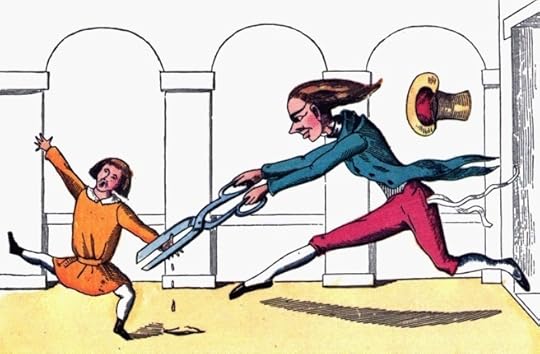

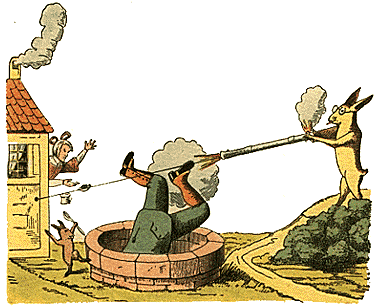
Hoffmann wrote Struwwelpeter in reaction to the lack of good children's books. Intending to buy a picture book as a Christmas present for his three-year-old son, Hoffmann instead wrote and illustrated his own book.Okay, I thought this was hilarious as a child, but I'm not sure sharing it with a 3 year old is the way to go. But there it says, right on the title page: "Funny stories and droll pictures, for children 3-6 years old." ("Lustige Geschichten und drollige Bilder für Kinder von 3 bis 6 Jahren.") Just for the record, I do NOT recommend this for sensitive little ones. But maybe if you've got a rowdy 5 or 6 year old ....
Scarlett, Who Read Glossy Women's Magazines And Died Of AnorexiaFeel free to add your own. And if anyone is inspired to actually go and do it, please just mention my name somewhere in the introduction...
Keith, Who Didn't Believe In Climate Change And Was Drowned In A Flash Flood
Saffron, Who Ate Genetically Modified Food And Grew An Extra Head
James, Who Supported Liberal Healthcare Reform And Was Euthanased
Emily, Who Switched Off Her Family Filter And Was Raped By A Pedophile
Darren, Who Played Violent Video Games And Became A Serial Killer
Madison, Who Questioned The War On Terror And Was Exploded By An Islamicist




The story of the Lyin’ Donald
Since childhood, it is sad to tell,
young Donald did not behave well.
From morning when he bared his eyes
’til nightfall, all he told was lies.
The truth to Don was nothing more
than “one and one and one makes four”.
His wordbook he liked to deface
and blacked out honesty and grace.
Became a scoundrel and a crook,
took some advice from Adolf’s book.
He one day ran for president,
still kept on lyin’ with intent.
He lost the ballot. That was sweet
when he cried out Rip-Off!, Swindle!, Cheat!
And kept on crying through the night
his face turned red then blue then white.
When finally his heart gave out
he hit the floor flat on his snout.
He kept there lying stiff and still
but no one cared of him until
a pig appeared and snacked him quick
and only left behind his wig.


